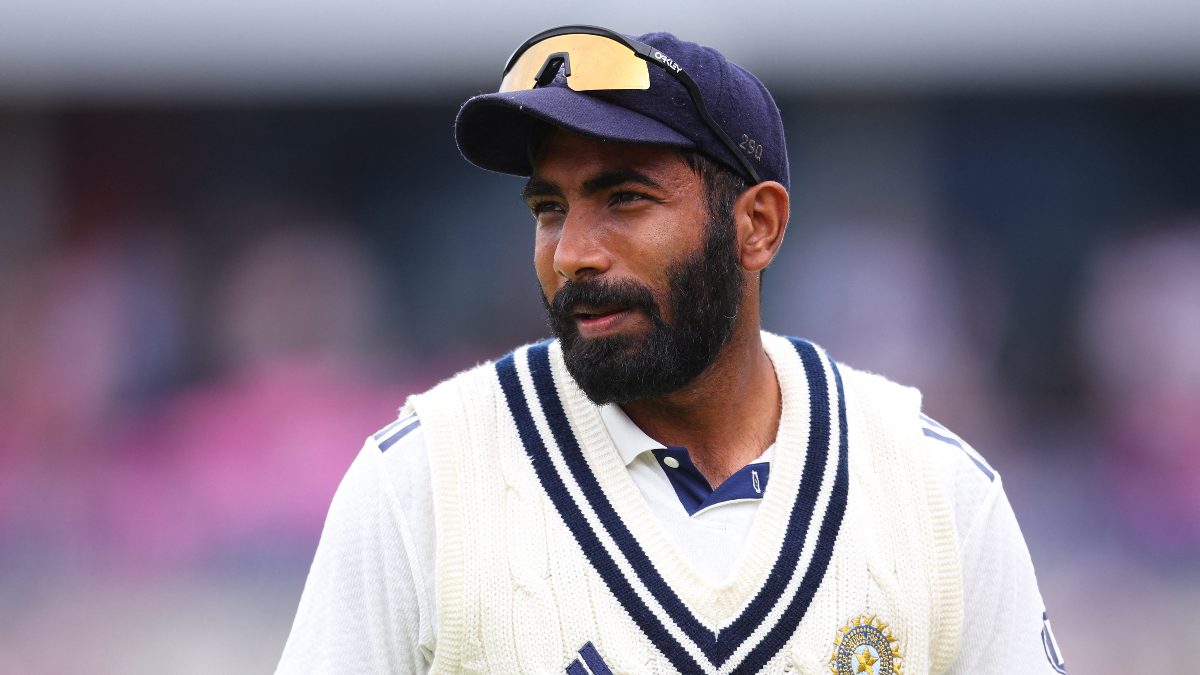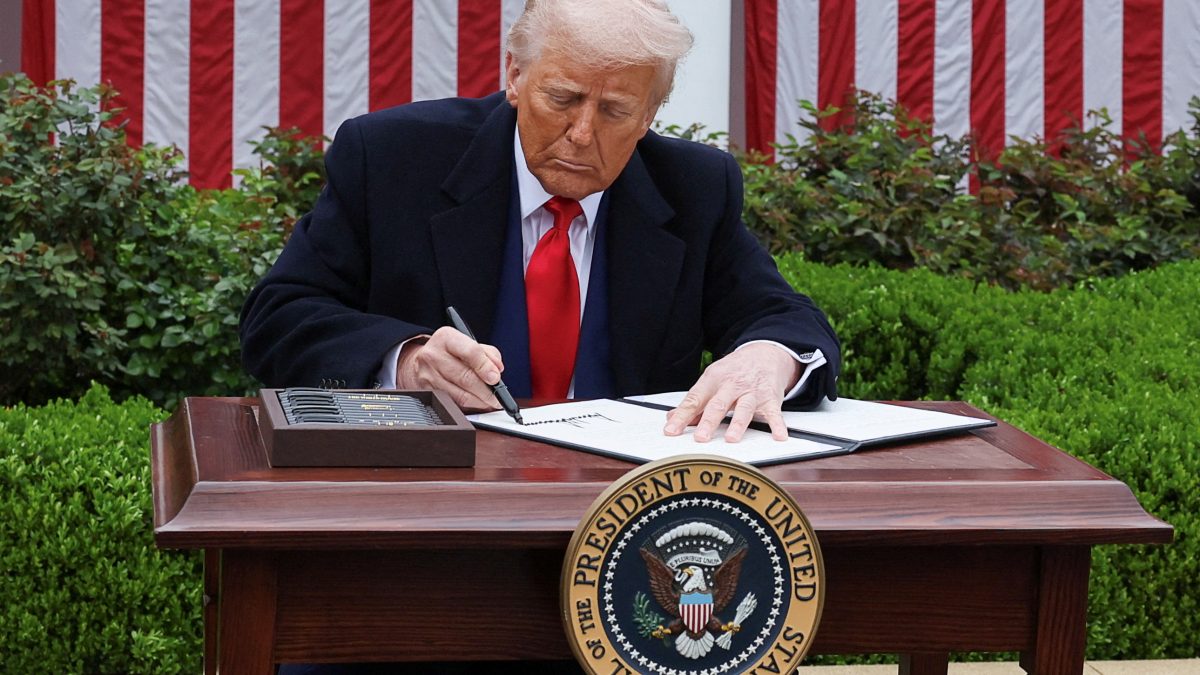India may have clinched the five-match T20I series against Australia 2-1, but the road to victory was anything but straightforward. Rain interruptions in Canberra and Brisbane broke the rhythm of the contest, while a depleted yet determined Australian side ensured the reigning T20 World Champions were tested across departments. Still, a series win in Australia is always special — more so when most members of this Indian T20I side were on their first tour Down Under.
As the 2026 T20 World Cup draws closer, the Suryakumar Yadav-led team is gradually shaping its tactical identity, even if a few pieces of the puzzle are yet to fall into place. Before this series, India had 15 games to fine-tune their combinations ahead of the big event. With five in Australia now done, only 10 remain — five each against South Africa and New Zealand at home. Every match from here on counts and the talking points from this tour could well define India’s final blueprint for next year’s mega event.
India double down on spin and batting depth
If there’s one tactical thread running through Gautam Gambhir’s tenure as head-coach so far, it is his emphasis on batting depth across formats. In this T20I series, India’s decision to play three spinners throughout — even in Australian conditions known for pace and bounce — was no coincidence. Kuldeep Yadav, Varun Chakravarthy and Axar Patel started the series, with Washington Sundar replacing Kuldeep from the Hobart game onward.
The trio offered control through the middle overs, variety in spin and crucially, lower-order runs. Whether it was Washington’s finishing touches in Hobart or Axar’s cameo at No. 8 in Gold Coast, the intent was clear — the team management wants flexibility and depth. He wants to ensure the tail doesn’t wag helplessly - an issue that has often haunted India in ICC events in the past.
With the T20 World Cup being played on home soil — and possibly one match against Pakistan in Sri Lanka — this spin-heavy, multi-dimensional approach could become India’s X-factor. It’s a bold move, one that hints at Gambhir’s tactical clarity. He is building a side not just full of potential match-winners, but players who can contribute in more than one department.
Impact Shorts
More ShortsThe Harshit Rana vs Arshdeep Singh debate
At the start of the series, one of the biggest surprises was Harshit Rana’s selection ahead of Arshdeep Singh. The rationale, according to the think-tank, was his “batting ability.” But as the games unfolded, the decision looked increasingly misplaced. Rana’s spirited 35 off 33 balls in the second T20I was a rare highlight, but his primary role — bowling — went awry. He leaked 27 runs in two overs in that game at the MCG, struggling with rhythm and control.
The team management didn’t take long to course-correct. Arshdeep, India’s leading wicket-taker in this format, returned in the third T20I and immediately made an impact with a spell of 3 for 35, earning the ‘Player of the Match’ award. He followed it up with another disciplined display in Gold Coast, reaffirming his place as India’s premier left-arm option and the perfect partner to Jasprit Bumrah.
Rana may still be in the larger pool, but the pecking order looks settled for now. Arshdeep’s control under pressure and his ability to swing the new ball make him indispensable, even on home pitches. For Rana, the road ahead involves rediscovering consistency if he is to stay in contention. Remember, in home T20Is, India generally rely on Hardik Pandya as the second pacer alongside Bumrah. And with Arshdeep finding his groove in Australia, Rana’s chances of breaking into the World Cup playing XI or even in the squad appear slim for now.
The wicket-keeper conundrum
Meanwhile, at this point in India’s T20I scheme of things, perhaps the most unsettling talking point revolves around the wicket-keeper’s slot. Sanju Samson, who was the first-choice keeper-batter coming into this series, saw his continued omission after just a couple of low scores reignite debates about his role - or lack thereof - in India’s T20I setup.
Samson was left out for the final two matches after a modest start, with Jitesh Sharma taking his place. Cameras even caught Samson in deep discussion with Gambhir before one of the tosses and during practice sessions — images that seemed to reflect his uncertain future.
The numbers tell their own story. In 2024, Samson averaged over 43 with a strike rate close to 180, scoring three T20I hundreds while opening the innings. In 2025, he mostly batted down the order and those figures dipped to 18.5 and 121 respectively — a stark contrast. For a player long seen as one of India’s most gifted T20 batters, the timing couldn’t be worse.
Unless he rediscovers form in the upcoming home series, Samson’s T20 World Cup hopes could fade quickly. With Jitesh Sharma’s finishing ability, and the likes of Rishabh Pant and Dhruv Jurel also in the mix, competition is fierce. For Samson, already out of the ODI frame, the South Africa series could well be make-or-break. Perhaps the management should consider giving him a run at No. 3 — a role better suited to his strengths.
The ‘Fire and Fire’ combination at the top
If there was one undeniable positive for India from this series, it was the electrifying batting of Abhishek Sharma at the top. The southpaw, playing international cricket for the first time in Australia, top-scored with 163 runs at a strike rate of 161.39 and deservedly bagged the ‘Player of the Tournament’ award.
However, questions still linger around his opening partner, Shubman Gill — despite him finishing as the second-highest run-getter with 132 runs. On occasions, the left-right duo of Abhishek and Gill set the tone early, as seen at the Gabba. Their familiarity — both hailing from Punjab and having played together since their Under-12 days — translated beautifully on the field. Together, they offered a glimpse of India’s new T20 batting identity - fearless, attacking and synchronised.
Yet Gill wasn’t immune to criticism for his tempo. Early in the series, he was accused of being too conservative, though his rhythm improved as the series went on. His 46 in Gold Coast on a sluggish surface laid the foundation for a competitive total of 167, while his 29 off 16 in Brisbane — before rain intervened — showcased intent.
So, it seems the team management’s decision to bring him back into the T20I setup since the Asia Cup has started to pay off. However, Gill, who is primarily a traditional stroke player, still needs to fit into the mould of a swashbuckling modern-day T20I opener.
Though, as skipper Suryakumar put it, the ‘Shubishek’ combination at the top is nothing short of “fire and fire” — contrary to the popular belief of it being “fire and ice.”
“They both are looking to match each other’s strike rates. It’s a combination of fire and fire,” he said during the post-match press conference on Saturday.
If India’s T20 resurgence continues along this trajectory, the performances of its multi-dimensional players and a gradually settling opening combination could well light the path to a strong World Cup campaign. But between now and February 2026, Gambhir and his think-tank face tough decisions — and Samson’s future might be the most challenging of them all.


)

)
)
)
)
)
)
)
)



